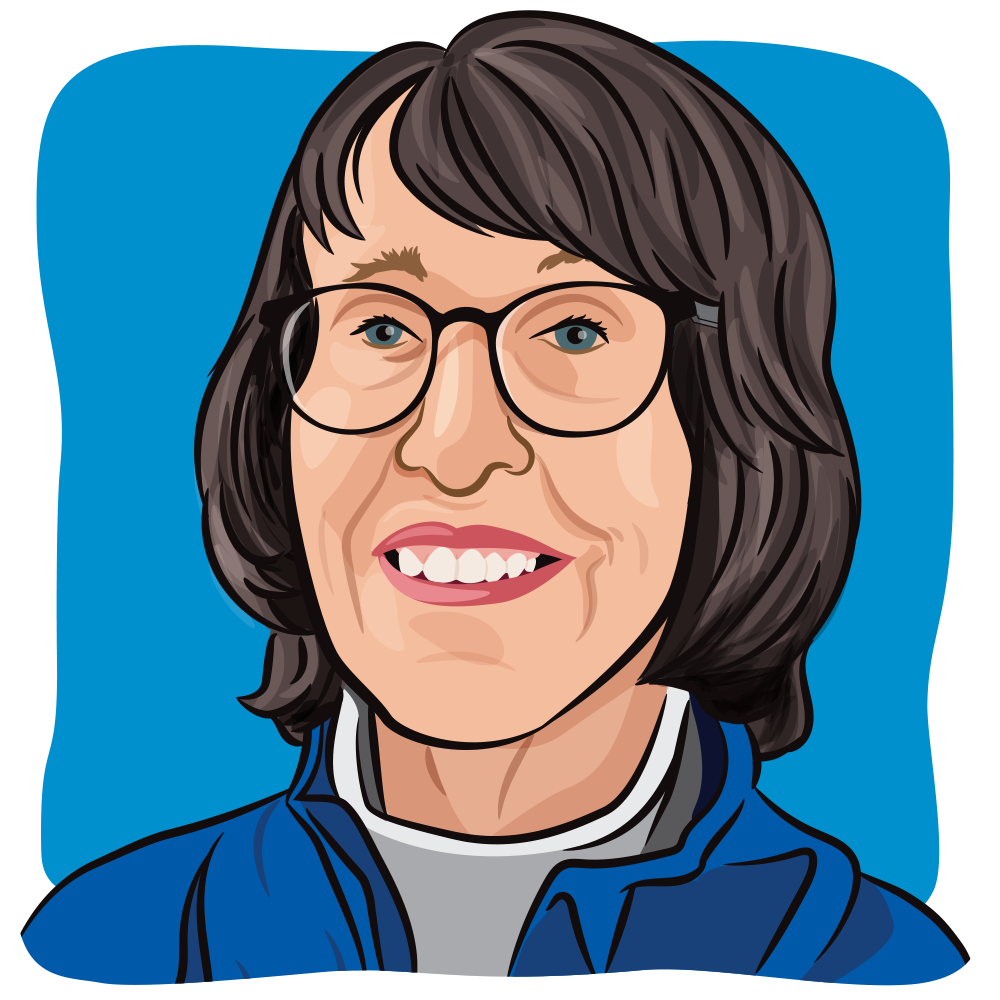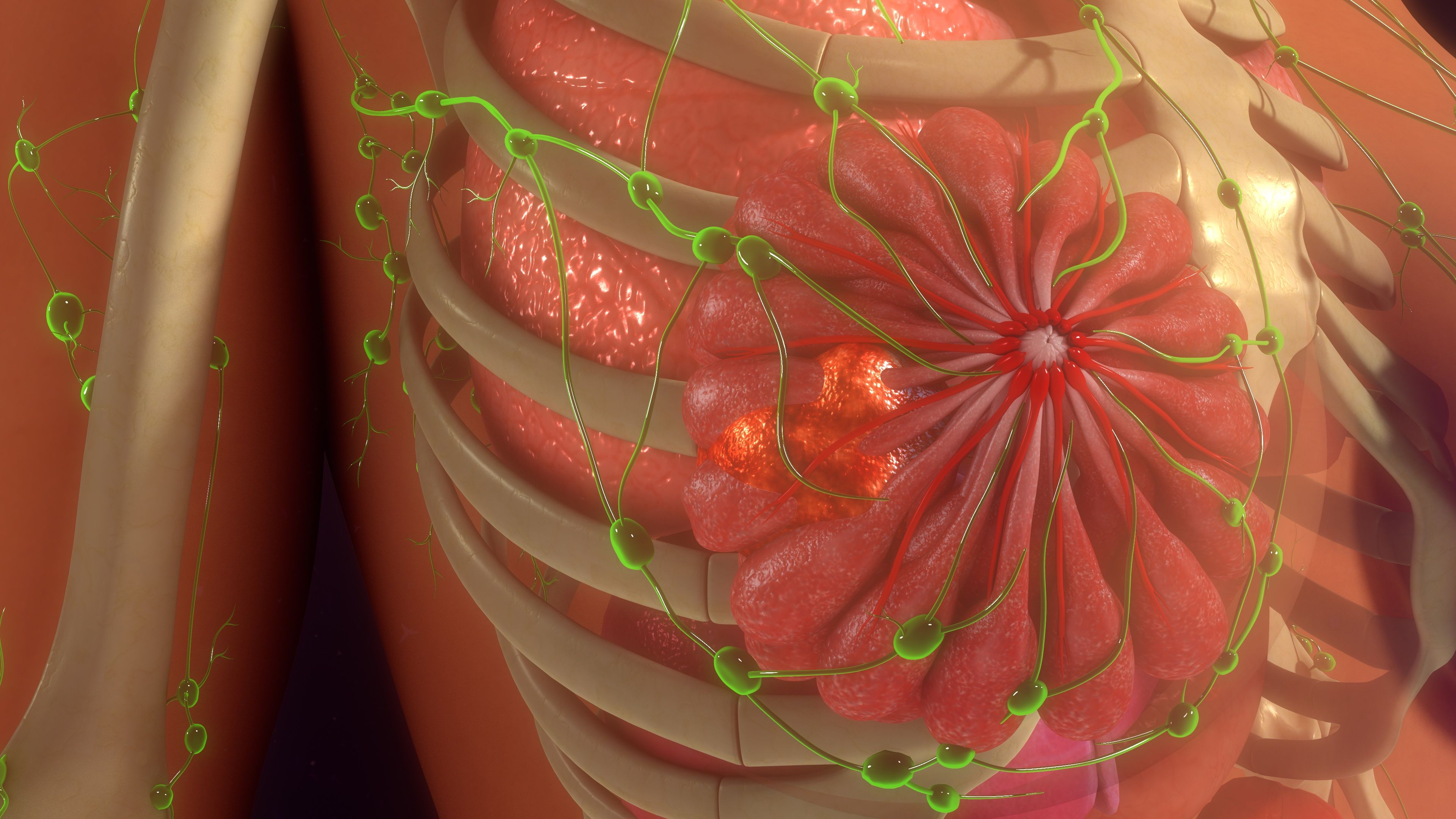Article
Timing Can Impact a Cancer Experience
Author(s):
After meeting a woman who was forced to wait five months between finding a lump and being diagnosed with breast cancer, I wondered if that time affected the stage of her disease.
I was out for dinner with a group of out-of-town colleagues I hadn’t met before, and during the conversation it came up that one of the women had been diagnosed with breast cancer in 2020. I was curious to hear about it and asked if she was comfortable sharing.
Here is her story.
She found the lump in the early part of 2020 and her doctor sent a request for a mammogram to investigate further. She knew that calls to make appointments sometimes take a while, but after what she thought was longer than safe considering what she was testing for, she called the booking office only to find out that either the request had never been received or it had been lost in the shuffle.
She called her doctor’s office who were sure the original had been submitted but they sent another one right away. An appointment was set, but the week she was supposed to go in the facility went into lockdown because of a COVID-19 outbreak, so it was put off. After what she thought, once again, was too long, she called and found that her appointment had been rebooked but she had missed it because no one from the facility had contacted her with the new information.
Because of needing to catch up after the lockdown and the reduction in patient numbers allowed in the facility, the next appointment available was a month away and although she expressed concern about what had already been a two-month wait; there was nothing they could do and so she took what they had.
Three and a half months after she found the lump, she got a call that the mammogram showed a likelihood of cancer, so a biopsy was scheduled…for a month later. By the time that she was sitting in her doctor’s office hearing the words “It’s cancer,”almost five months had passed since her visit to express concern about the lump she had found in her left breast.
Her disease was stage 3.
My colleague went through months of treatment, surgery and radiation alone. She said the oncology staff were amazing, but she felt sorry for them having to be everything to everyone who came into their world. Staff are used to at least some patients having companions who can get water, or a blanket out of the warmeror alert them if something unusual seems to be happening. Her family also struggled greatly not being able to walk through the doors with her. She said the look on her husband’s face when he dropped her off broke her heart every single time.
She doesn’t hold a grudge. She is aware that medical facilities were scrambling trying to manage ever-changing recommendations to protect themselves and the patients they cared for. Where before COVID-19 a facility could do 40 or 50 mammograms a day, they were limited to a quarter of that. Hospitals were overwhelmed and biopsies were put on hold because there simply wasn’t the staff or a safe space to do one. I ached for her, though, as her face changed, and she acknowledged that she experiences a lot of “what ifs” because she will never know if the five-month delay changed the trajectory of her disease.
I have an idea. My daughter Adrienne’s tumor went from in situ to stage 2 with lymph node involvement in the six weeks between when the ultrasound showed something suspicious and when she sat in the surgeon’s office after a biopsy confirmed it was cancer. When I think about what could have happened in five months, my blood runs cold.
There were many casualties of the global pandemic that had nothing to do with COVID-19, and my daughter could have been one of them. It’s a weird thing to be grateful for, that my child was diagnosed with cancer in 2019, but I am. Big time. Because that one-year difference probably has a lot to do with why she was able to come to dinner last week. And that rocks.
For more news on cancer updates, research and education, don’t forget to subscribe to CURE®’s newsletters here.




